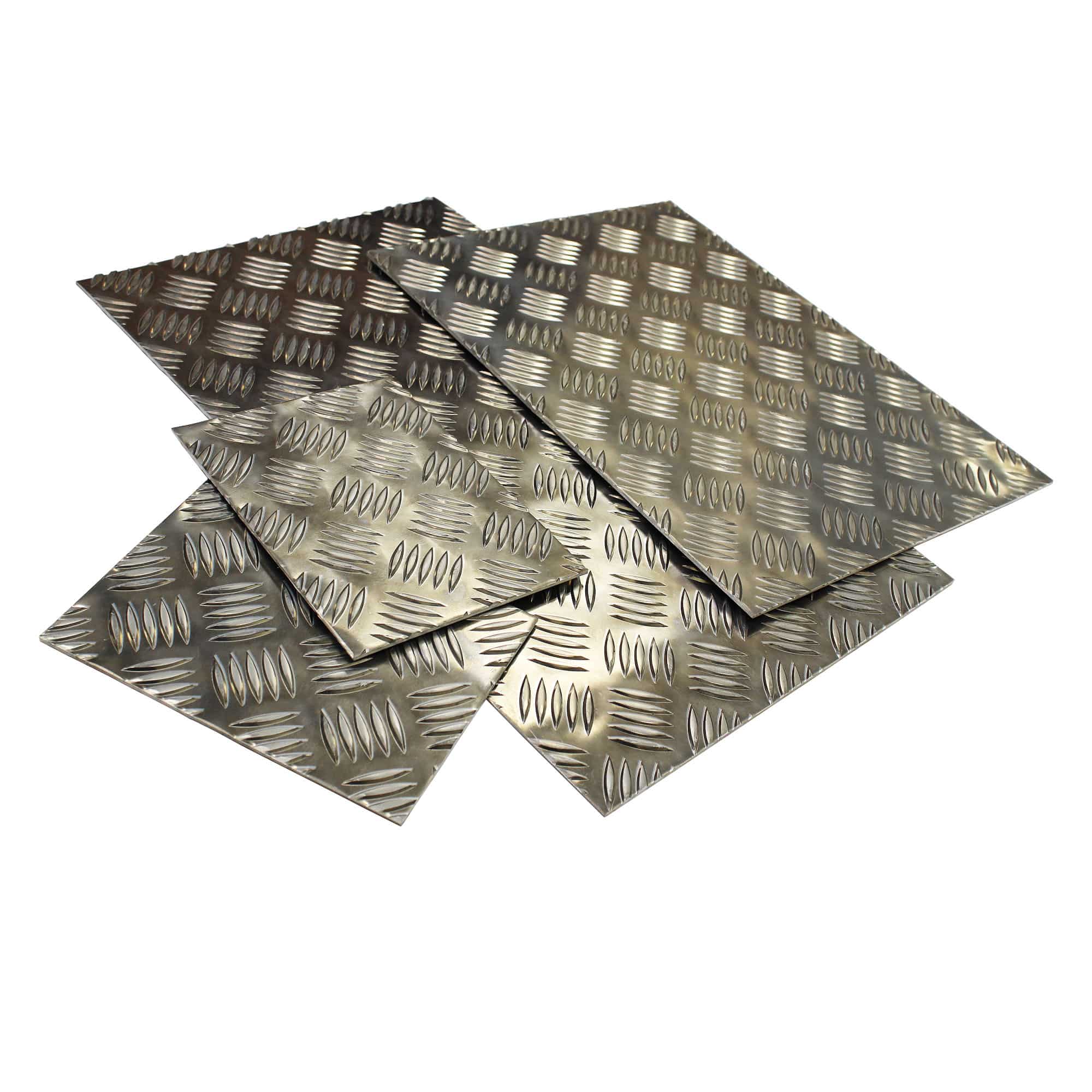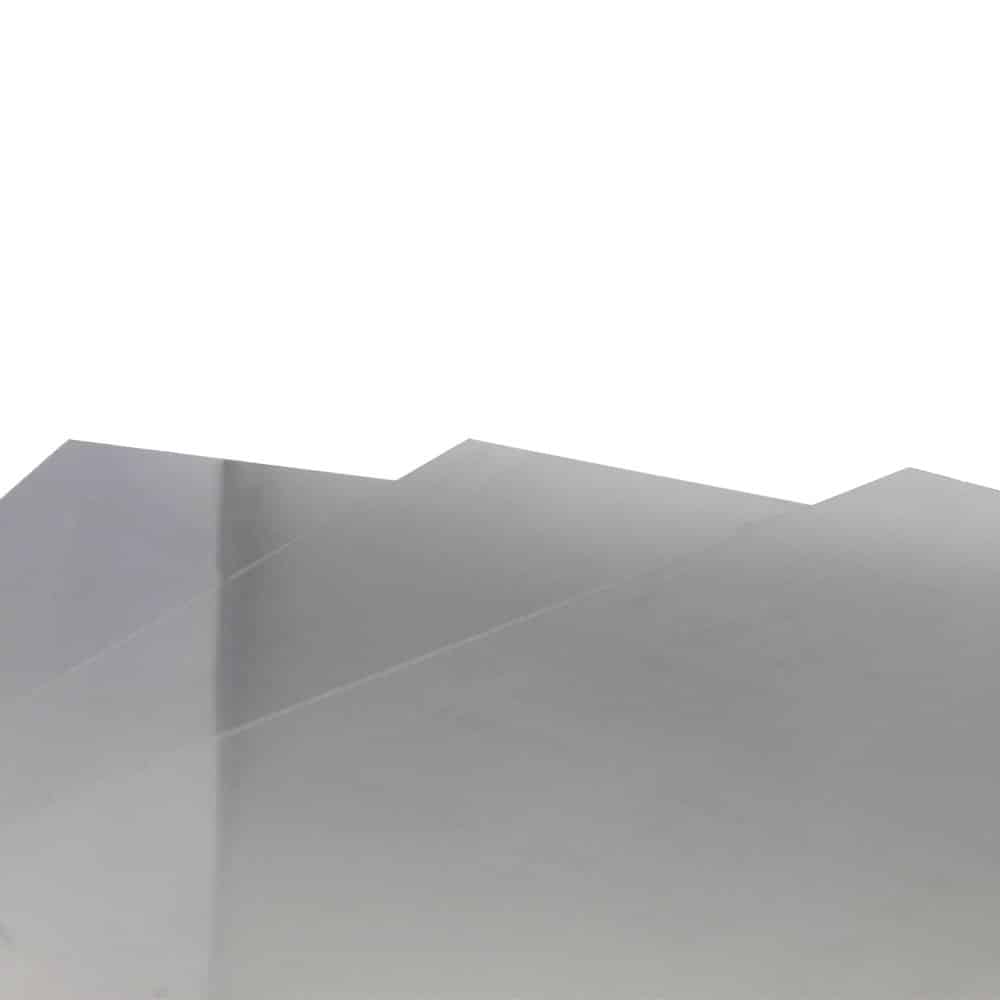- Massive Range
- FREE UK Delivery
- Rapid Dispatch
- Massive Range
- FREE UK Delivery
- Rapid Dispatch
- Massive Range
- FREE UK Delivery
- Rapid Dispatch
£11.99 – £34.99 inc VAT


This website is secured:
£ MULTIBUY SAVINGS – Order 3 For 10% Off
✔ Specialists In Rapid Shipments Of Any Size
✔ FREE UK Delivery Included
✔ Immediate Express Dispatch From Stock
✔ Tracked Delivery with Order Updates
✔ 30-Day Returns Accepted
£ Check Out Our Clearance Listing For Savings
@ ☏ Bespoke Cuts & Larger Lengths Available
If you’re on the hunt for a top-quality, versatile sheet of metal, then look no further than Speciality Metals’ 1.5mm Thick Mild Steel Sheet Metal Plate. This plain steel plate is not only durable but also boasts impressive weldability, machinability, formability and bendability. So, whatever your project, you can rest assured that this metal thin sheet will be up to the task. Plus, with a range of sizes to choose from and its UK-based supply, getting your hands on the perfect piece has never been easier.
Whether you’re an expert or a beginner, this mild steel plate is sure to exceed your expectations.

Mild sheet steel metal plate is the most popular product that we offer. It is a quality strong metal for myriad DIY and industrial applications. The uses for mild steel plate metal include automotive bodywork, boxes and security doors.
Speciality Metals is proud to offer the highest quality 1.5mm Thick Mild Steel Sheet Metal Plate. Our plain steel is not only durable and versatile, but it also boasts exceptional weldability, machinability, formability and bendability. Whether you need a large sheet for a project or a smaller one for a repair job, we have a variety of sizes to choose from. As a UK based supplier, we are committed to providing our customers with the best possible service and products. Choose our metal thin sheet for your next project and experience the difference in quality.
We also offer mild steel off-cuts too if that suits your requirement better.
Sheet metal is also available in aluminium and stainless steel.
Speciality Metals is known to be the United Kingdom’s best up-and-coming small-quantity metal company.
Furthermore we stock a vast range of plain sheet plate options that compliment our mesh range perfectly.
Over 50,000 customers of Specialty Metals are provided with fast, friendly customer service every year. We’re the place to try when you need metal of any shape and size. We’re based in Warrington, UK. We pride ourselves on our rapid turnaround and a large range of options.
Generally, for food preparation areas, materials such as stainless steel are preferred over mild steel. This preference is due to several reasons. Stainless steel has a non-porous surface, which prevents bacteria and germs from penetrating the material, thus it’s more hygienic. It’s also easier to clean and maintain, an essential attribute in food preparation areas where cleanliness is of utmost importance. On the other hand, 1.5mm Thick Mild Steel Sheet Metal Plate, while durable and affordable, has some limitations that make it less suitable for food preparation areas. One of the main concerns is its susceptibility to rust when exposed to moisture, a common element in most food preparation environments. Rust not only deteriorates the material over time but can also pose a risk of contamination in food preparation.
If mild steel is to be used in a food preparation area, it would need to be properly treated and maintained. This might include applying a rust-resistant and food-safe coating and ensuring that the surface is regularly cleaned and inspected for signs of wear or rust. Even so, this might not provide the same level of resistance to corrosion, ease of cleaning and overall safety as using a material specifically designed for food contact, such as stainless steel.
In conclusion, while it’s technically possible to use a 1.5mm Thick Mild Steel Sheet Metal Plate in a food preparation area with proper precautions, it’s generally not the recommended material for this purpose. It’s always best to consult with an expert or follow local health and safety regulations when choosing materials for use in food preparation areas.
Yes, 1.5mm thick mild steel sheet metal plate can be soldered, but doing so requires certain precautions and the right tools. Soldering is a process that involves using a filler material (the solder) to join pieces of metal together. The filler material is melted and then allowed to cool, creating a bond between the metal pieces. For soldering mild steel, you’ll need a solder with a flux core designed for use with ferrous metals. The flux is important as it cleans the steel and prevents the formation of oxides that can interfere with the soldering process. To solder 1.5mm thick mild steel plate, first clean the surface thoroughly to remove any dirt, oil or grease. Apply the flux to the area you want to solder. Heat the area slowly with a soldering iron or torch, but avoid overheating, as this can warp the steel or burn the flux. Touch the solder to the joint – not the flame or iron – so it melts and flows into the joint.
Once the solder has cooled and solidified, clean the joint again to remove any residual flux, which can corrode the steel over time if not removed. While the process may sound straightforward, keep in mind that it takes practice to solder effectively and safely, especially when working with thin steel sheets which can warp under high heat. Always work in a well-ventilated area, and wear protective gear to prevent burns. If you’re new to soldering, you may want to consider seeking guidance from an experienced individual or professional.
Smoothing the edges of 1.5mm thick mild steel sheet metal plate involves several steps and requires the right tools and safety precautions. Here’s a general guideline:
Firstly, always remember to wear appropriate safety gear, including safety glasses, gloves and sturdy clothing to protect yourself from sharp edges and flying particles. The process starts with cutting your metal sheet. Once you’ve cut your mild steel sheet, there are likely to be some rough or sharp edges remaining. These can be dangerous to handle, and may also affect the fit and finish of your final project. To smooth the edges, you can start with a file. Choose a file that’s suitable for metal, and file down the rough edges, always working in one direction rather than back and forth. The file will take off the major burrs and rough patches.
For a smoother finish, you can use a bench grinder or an angle grinder fitted with a flap disc. These tools are more powerful and will provide a smoother finish than a file. If you’re using a grinder, make sure to keep the steel moving against the grinder to avoid creating divots or gouges in the edge. For a super smooth edge, you can finish up with sandpaper. Starting with a coarse grit, you can progressively move to finer grits for a polished edge. Keep in mind to sand in one direction along the edge for a consistent finish.
Throughout the process, ensure you’re working in a safe environment, and keep your work securely clamped to prevent movement. Remember, removing metal can create sparks and heat, so let the material cool off if it gets too hot to handle. As always, if you’re new to metalworking, it’s a good idea to practice on some scrap pieces before working on your actual project, and consider seeking advice from an experienced individual or professional if you’re unsure.
Mild steel, including 1.5mm thick mild steel sheet metal plate, has a relatively high melting point, typically around 1500 degrees Celsius or 2700 degrees Fahrenheit. However, it’s important to note that mild steel begins to lose its structural integrity at much lower temperatures, usually around 800 degrees Celsius or 1472 degrees Fahrenheit. This means that if the steel is exposed to temperatures above this level, it can start to deform and its mechanical properties can be compromised. This is why mild steel, although it is used in many applications that can involve high temperatures, such as car exhaust systems or certain parts of machinery, is not typically used in applications that require maintaining its full strength at very high temperatures, such as jet engines or certain parts of power plants.
Also, when heated, mild steel can oxidise or rust rapidly if it’s not protected from the atmosphere, and this can also affect its strength and durability. So, while mild steel has a relatively high heat resistance compared to many other materials, this is not an infinite resistance and care must be taken when using mild steel in high-temperature applications. As always, it’s best to consult with a material scientist or an engineer when deciding which material is best suited to a specific application, especially when high temperatures are involved.
Check out our recent article ‘Cold Rolled vs Hot Rolled Steel’ for a deeper dive into mild steel metal. We have also recently written an article explaining how to cut metal, which is well worth a read before you select the metal that best suits your requirement.
We are also adding product videos to our YouTube channel. Our goal for our blogs, videos and help guides is to answer as many questions as possible to help to explain the possibilities of metal materials to our customers.
Contact us today if you have any questions at all. We are always really keen to help in any way that we can.
We are also very proud of our highly popular eBay store, check us out there too.
£13.99 – £30.49 inc VAT
£17.99 – £54.99 inc VAT

£13.99 – £30.49 inc VAT

£17.99 – £54.99 inc VAT
Speciality Metals
Unit 1, Farrell Street, Warrington,
Cheshire, WA1 2WW, United Kingdom
Quick Links
Payment Options
